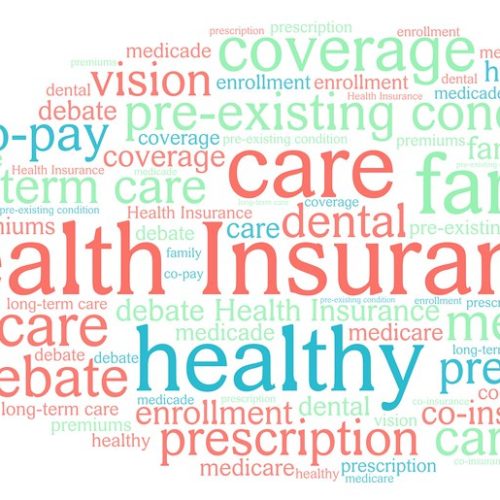New report finds adults in Medicaid expansion states have better access to care, fewer financial barriers
A new report from the CDC provides the first analysis of the population-based impact of the Affordable Care Act. The analysis used data from the 2014 Behavioral Risk Factor Surveillance System, a state-based ongoing survey of adult Americans about health risk behaviors, chronic conditions, health care access, and use of preventive care. As with previous studies, this study found that challenges to accessing care are highest for adults with less than a high school education, are unmarried, unemployed, those who are racial/ethnic minorities, and people living in poverty.
Adjusting for age differences, the study found a sizable difference between states that chose to expand Medicaid and those that did not for health coverage (85.3 percent vs. 79.1 percent, respectively), having a usual source of care (73.8 percent vs. 69.7 percent), and experiencing a cost barrier to receiving needed care (15.3 percent vs. 18.5 percent).
Interestingly there was almost no difference in the age-adjusted rate of having had a routine check up in the last year (65.0 percent vs. 64.9 percent%). The report also compares rates of preventive care, cancer screenings, and specific cost barriers by income level, region of the country, and type of coverage. For example, 27.8 percent of uninsured American adults reported that they had to pay off medical bills over time in 2014 while only 21.9 percent of people with public coverage and 22.1 percent of privately insured Americans faced that barrier. About half as many uninsured American adults received flu vaccines in 2014 (18.0 percent) than those with public (37.4 percent) or private (36.7 percent) coverage.
The ERC region compares well in most categories with the rest of the nation.
| Age-standardized rates | ||||
| Insured at the time of the interview | Routine checkup in the last year | Cost barrier to needed health care in the last year | ||
| U.S. Medicaid expansion states | 85.3% | 65.0% | 15.3% | |
| U.S. Medicaid non-expansion states | 79.1% | 64.9% | 18.5% | |
| CT | 88.8% | 67.0% | 13.4% | |
| DE | 88.6% | 68.2% | 12.6% | |
| ME | 85.5% | 65.2% | 13.8% | |
| MD | 88.2% | 71.2% | 12.1% | |
| MA | 94.5% | 74.2% | 9.7% | |
| NH | 85.0% | 62.1% | 13.5% | |
| NJ | 84.2% | 71.3% | 16.2% | |
| NY | 84.7% | 70.6% | 16.3% | |
| PA | 86.9% | 66.5% | 14.7% | |
| RI | 89.7% | 75.5% | 14.1% | |
| VT | 91.2% | 61.6% | 10.6% | |




